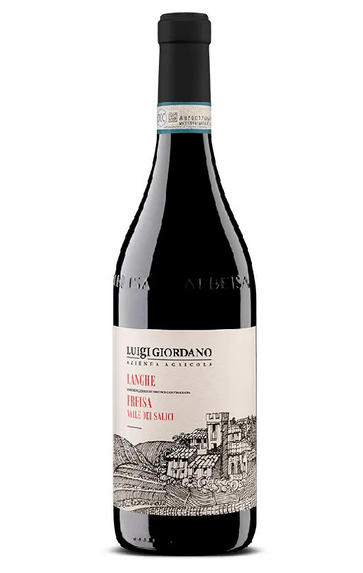
2020 Langhe Freisa, Valle dei Salici, Luigi Giordano, Piedmont, Italy
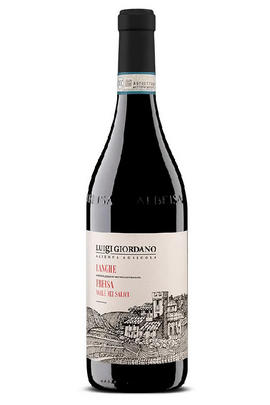
About this WINE
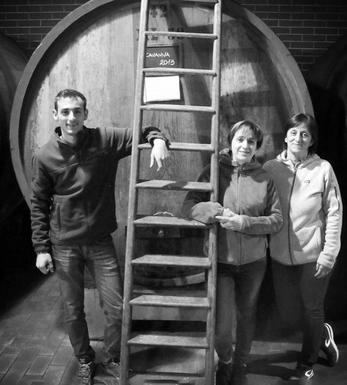
Luigi Giordano
The winery was founded by Giovanni Giordano in the 1930s, when Barbaresco was all but unknown. After a period of growing and selling grapes, Giovanni’s son Luigi made the bold decision to vinify and bottle his own grapes in 1958. He was one of the few visionary producers confident in the quality of his wine and potential of his terroir. This a brave move helped Barbaresco move forward on a path of quality winemaking, and Luigi’s decision paved the way for many Barbaresco producers.
Today, Luigi Giordano lies a stone’s throw from Barbaresco’s small village centre, run by Luigi’s grandson Matteo Rocca. Young, talented, and ambitious, he respectfully continues the winery’s elegant and staunchly traditional style, with long macerations on skins and maturation in large oak botti. Since joining in 2011, he has invested maximum time in the vineyard. Every year, the wines gain greater definition and detail, better articulating their impressive sites.
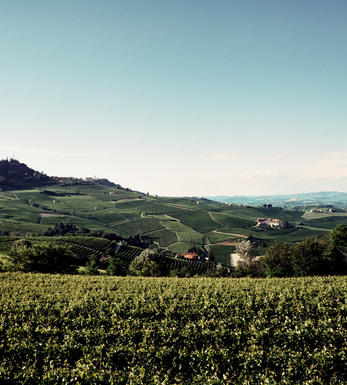
Langhe
Langhe is an all-encompassing zone lying due south of Alba and the River Tanaro in the province of Cuneo. Barolo and Barbaresco both lie within its boundaries.
Langhe is also the name of a regional DOC zone, which is used to classify wines made outside of the traditional Piemontese varietal scheme (Nebbiollo, Barbera, Cortese etc). Chardonnay and Sauvignon Blanc wines from the region are, for example, classified as Langhe DOC.
Langhe Nebbiolo
Effectively the ‘second wine’ of Piedmont’s great Barolo and Barbarescos, the Langhe Nebbiolo DOC is the only way Langhe producers can declassify their Barolo or Barbaresco fruit or wines to make an early-drinking style.
Langhe Nebbiolo can be released onto the market as soon as practicably possible either as a fresh, fruity wine made solely in stainless-steel, or later on having been aged in oak. The Langhe Nebbiolo DOC was created in 1994 along with a plethora of other Langhe DOC wines (so diluting their significance).
Unlike Nebbiolo d’Alba, Langhe Nebbiolo can be cut with 15 percent other red indigenous varieties, such as Barbera or Dolcetto. Leading, quality producers of Barolo and Barbaresco are more inclined to use 100 percent Nebbiolo, recognising its role as a stepping stone, using the fruit from vines that are either too young or poorly situated.
Larger producers tend to use the Langhe Nebbiolo DOC as a valve, declassifying wines destined for Barolo or Barbaresco when the market is difficult. Confusingly Langhe Nebbiolo can also be the declassified wine of Nebbiolo d’Alba.
Recommended producers: Giovanni Rosso di Davide Rosso , Mario Fontana , Ferdinando Principiano
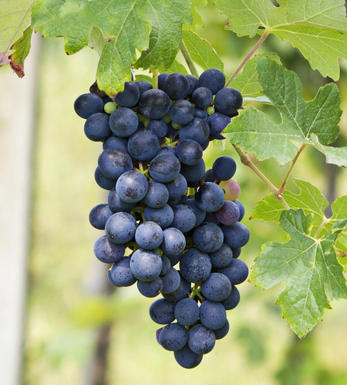
Barbera
Barbera is planted extensively in Piedmont and south-west Lombardy and accounts for over 50% of the wine produced in the region. The majority is sold simply as Barbera del Piemonte, but the best wines are the DOCs, Barbera d'Alba and Barbera d'Asti. It ripens late (after Dolcetto but before Nebbiolo).
The wines are usually ruby red in colour with notably low levels of tannins. They have a pronounced acidity that can be accentuated by overproduction. Barbera wines range from light, tart mouthwashers through to powerful, intensely flavoured wines that require extended cellaring.


Buying options
Add to wishlist
Description
This special 45-year-old single vineyard within the Cars cru is called the Valle dei Salici. It delivers an incredible quality of Piedmont’s lesser-known noble grape. It’s undergone 15 days of maceration in steel and cement with whole berries, giving this wine incredible pink-peppery aromatics and mid-palate fruit plump. It has a structure more akin to Nebbiolo with a fresh herbal finish.
Drink 2023 - 2033
Davy Zyw, Senior Buyer, Berry Bros. & Rudd
wine at a glance
Delivery and quality guarantee